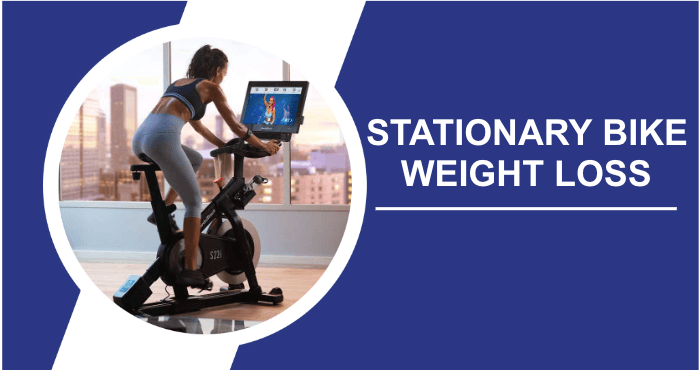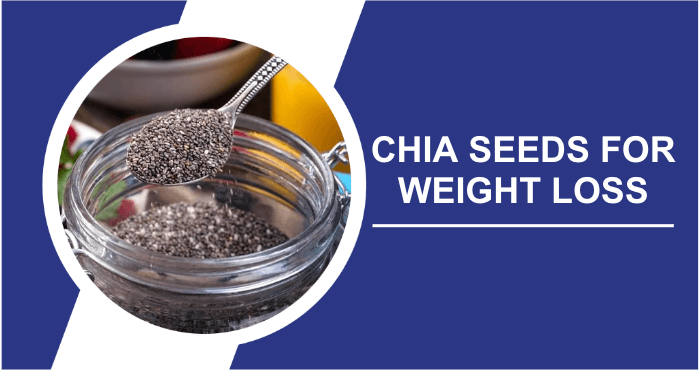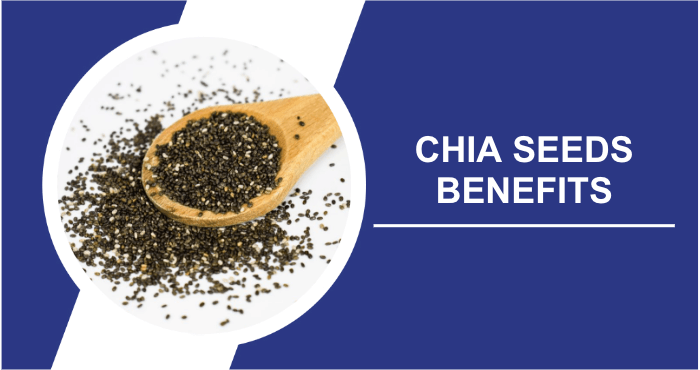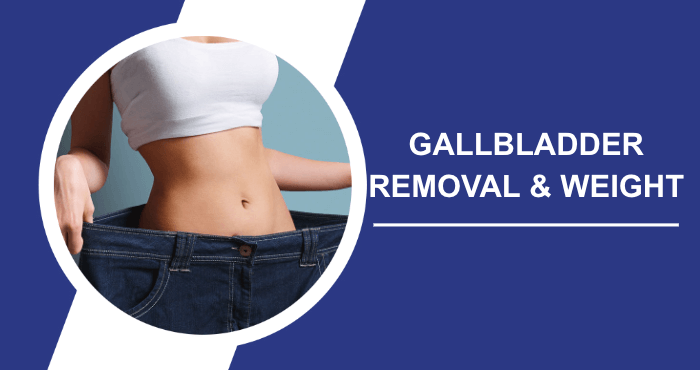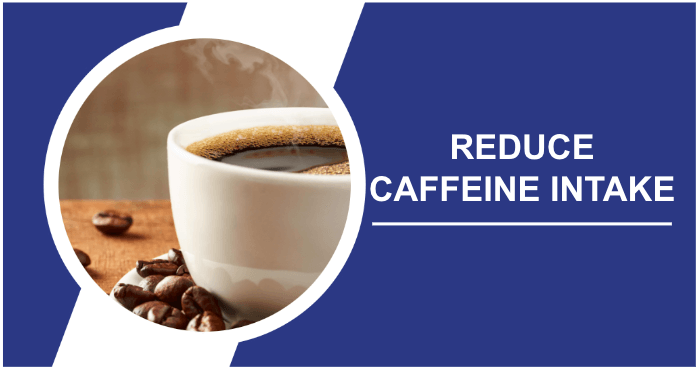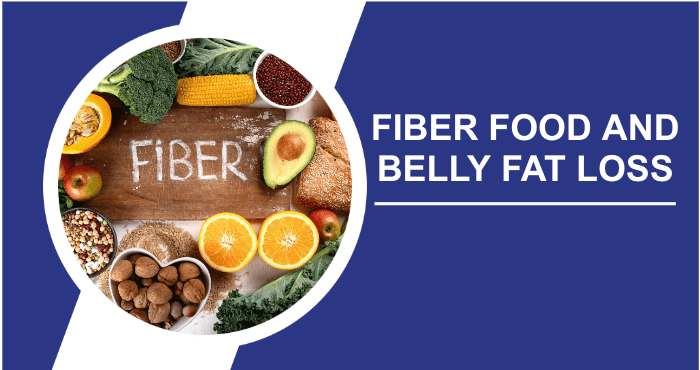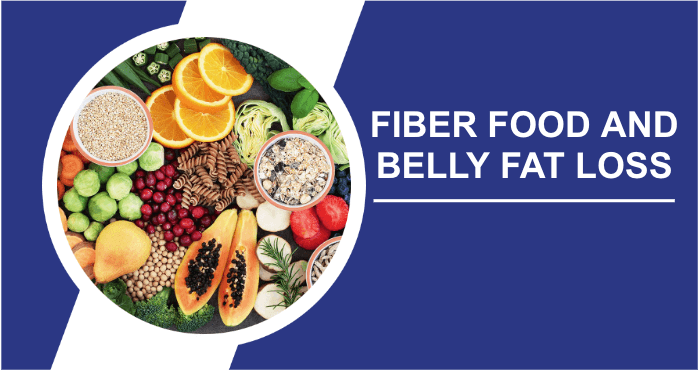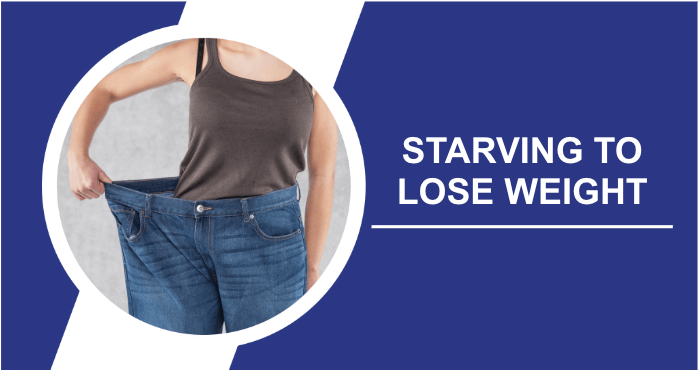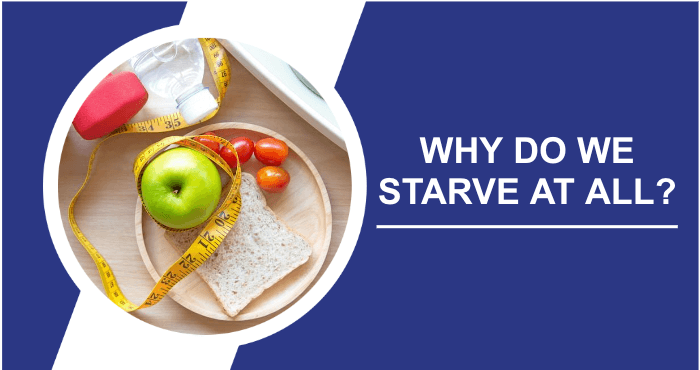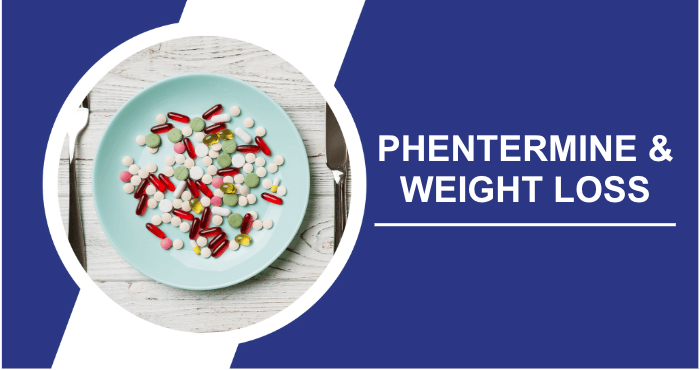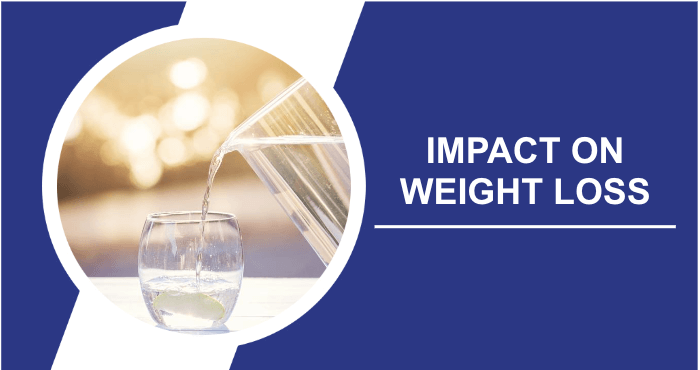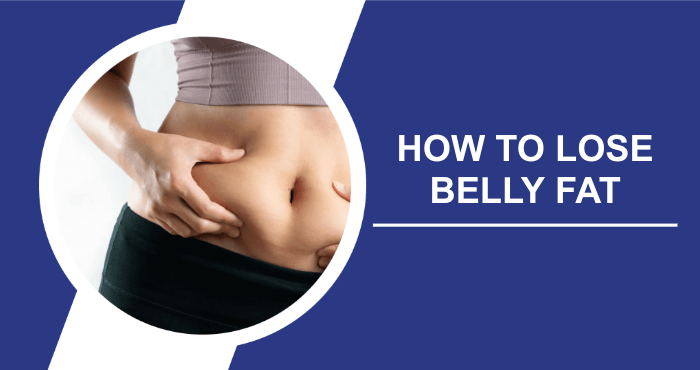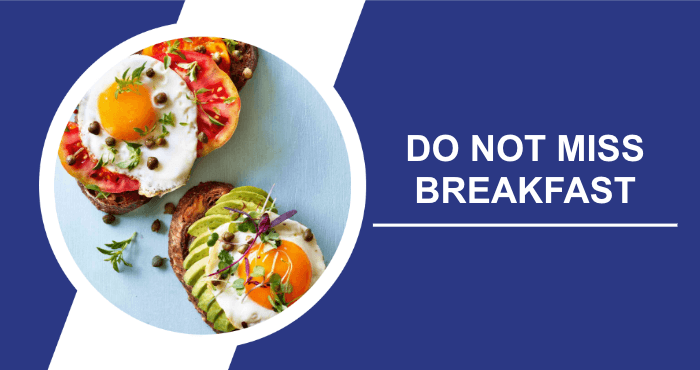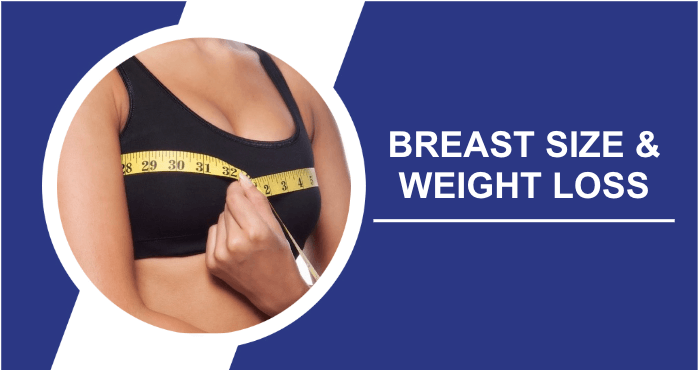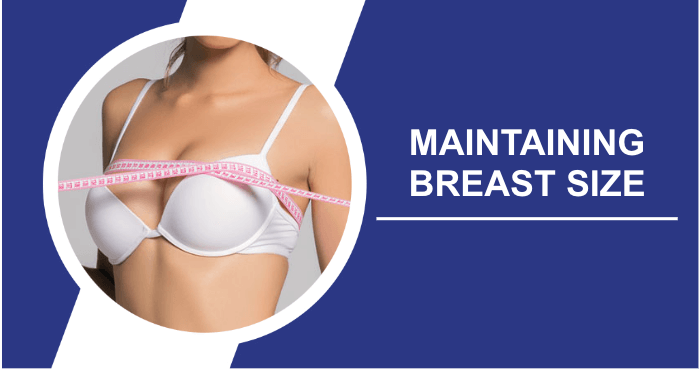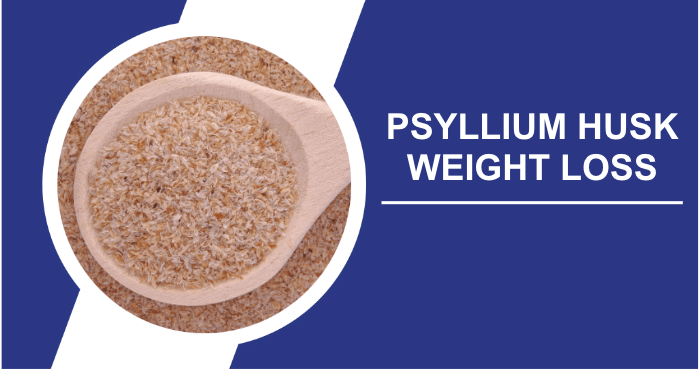Cycling can improve cardiovascular and pulmonary health while increasing your body’s ability to use oxygen, which can help with weight loss. While outdoor cycling is an excellent form of low-impact exercise, not everyone is comfortable riding outdoors, and weather conditions can be unpredictable.
Stationary bikes have grown in popularity over time, whether in fitness centers or in the homes of people who prefer not to go to the gym. When used correctly, they provide an effective cardio workout. According to the World Health Organization’s guidelines, adults aged 18-64 should be physically active for at least 30 minutes a day, at least five days a week.
Lose Weight With A Stationary Exercise Bike: How Much Weight Can You Lose? To lose one pound of body weight, you need to consume 3,500 more calories than you take in. This equates to about 5.5-8.5 hours of cycling per week for a person weighing 125 pounds, and 3.5-5.5 hours for a person weighing 185 pounds.
Using a stationary bike, the number of calories burned in just 10 minutes can range from 40 to 80, depending on factors such as body weight, duration of exercise, heart rate and intensity. It's an effective way to target lower body fat by working muscles such as the glutes, quads, hamstrings, and calves.
It’s estimated that a 125-pound person can burn about 211 calories by riding a stationary bike for 30 minutes. Meanwhile, a 155-pound person can expect to burn about 252 calories during a 30-minute ride at a moderate pace and 278 calories at a vigorous pace. If you weigh 185 pounds, you can expect to burn about 311 calories under the same time and intensity conditions.
However, these calorie estimates are general approximations because your actual calorie expenditure depends on factors such as your biological sex, age, weight, body composition, and resting metabolic rate. The Centers for Disease Control and Prevention (CDC) recommends a gradual and sustained weight loss of one to two pounds per week for overall health.
Where Can I Find Or Buy A Stationary Bike?
You can easily find a stationary bike in a variety of places, both online and offline. Popular options include sporting goods stores, fitness equipment retailers, and online marketplaces like Amazon or eBay. If you prefer a more personalized shopping experience, you can visit a local fitness equipment store where experts can help you choose the perfect stationary bike to meet your fitness goals.
Stationary Exercise Bike Benefits

Can Aid In Weight Loss
Using an exercise bike can aid in weight loss through caloric expenditure, which varies depending on the intensity of the workout. Specifically, the longer you pedal while keeping your heart rate within your age-appropriate fat-burning zone, the more calories you’ll effectively burn.
Improves Cardiovascular Fitness
Exercise bikes are excellent tools for improving your cardiovascular fitness. They increase your heart rate, which causes your heart muscles to work harder to meet the increased demand for oxygen.
Improves Cardiovascular Health
A study published in the Journal of the American Heart Association showed that activities such as commuting by bicycle can effectively reduce clinical cardiovascular risk factors, particularly in middle-aged men and women. These benefits underscore the value of stationary exercise bikes in supporting weight loss and promoting overall cardiovascular health.
Lower Cholesterol
Exercise plays an important role in improving cholesterol levels, promoting good cholesterol and reducing bad cholesterol. These positive effects on cholesterol have been supported by numerous scientific studies. It is recommended that people who want to lower their levels of bad low-density lipoprotein cholesterol get at least 150 minutes of moderate-intensity exercise per week.
Safer Alternative To Road Cycling
Cycling on highways, roads and city streets can present various hazards and uneven terrain, making it potentially unsafe. Choosing a stationary bike eliminates these risks. According to statistics from the National Highway Traffic Safety Administration, between 700 and 800 Americans have been killed in bicycle crashes in most years since 2000, and thousands more have been injured, primarily due to interactions with automobiles.
Provides A Low-impact Workout
Stationary bike workouts provide benefits to the knee, ankle and hip joints by increasing their range of motion. They are also highly recommended for rehabilitation, especially after knee or ankle injuries.
“Cycling is gentle on the body due to its closed-chain nature, where it’s connected to a fixed object – in this case, the pedals – resulting in less stress on the body. This closed-chain feature makes it an ideal option for people who want an intense workout without putting undue stress on their joints.”
Dyan Tsiumis, a Certified Personal Trainer (CPT) affiliated with MYX Fitness.
Strengthens Legs And Lower Body Muscles
By introducing resistance and increasing speed into your workout routine, your body is forced to work harder. This added resistance helps develop strength in your legs, buttocks and lower back.
Improves Lung Health And Breathing Capacity
Exercise causes your heart to pump faster, delivering more oxygen to your muscles. As a result, you breathe faster to take in more oxygen, ultimately increasing your lung capacity. This increased respiratory rate exercises your lungs.
Improves Balance
In addition to improving balance, exercise bikes help improve coordination and gait. This benefit can be especially valuable for the elderly, helping to prevent falls and fractures in daily life.
Weight Loss Facts
Everyone has a specific daily calorie expenditure required for normal bodily functions, which is influenced by factors such as gender and age. The number of calories burned during stationary cycling depends on your body weight, the duration and intensity of your cycling session. The amount of weight you can potentially lose while stationary cycling depends on the amount of calories you burn.
To maintain your current weight, you should eat foods that provide the necessary caloric intake to meet your daily needs. Calories fuel every activity your body performs, from physical exertion like running and jumping to everyday functions like smiling and even breathing. When it comes to weight loss, achieving a calorie deficit is critical. Simply put, you need to consume fewer calories than your body needs to maintain your current weight.
Exercise helps to burn calories, which contributes to the calorie deficit needed for weight loss. To lose weight effectively, it’s important to keep your heart rate (HR) in the fat-burning zone for at least 30 minutes during your exercise sessions. The fat burning zone is the optimal heart rate range for effective fat burning during exercise. You can monitor your HR using a heart rate monitor on your bike or a wearable HR monitor wristband or watch.
Alternatively, you can estimate your HR by subtracting your age from 220. For weight loss, your HR should ideally be between 65% and 70% of your predicted maximum heart rate for your age. Consistently reaching and maintaining this fat burning zone for at least 30 minutes will go a long way toward achieving your weight loss goals.
Where Does The Stationary Bike Come From Anyway?
The stationary bike, a staple of modern fitness, has a fascinating history dating back to the early 18th century. Its origins can be traced back to an invention called the “Gymnasticon” created by Francis Lowndes in 1796. This early prototype was designed to simulate the benefits of horseback riding for rehabilitation.
Over time, the design evolved with innovations from various inventors. The stationary bike gained popularity in the late 19th and early 20th centuries for its health and fitness benefits. Today, it remains a symbol of endurance and a convenient tool for cardiovascular exercise, making exercise accessible to people around the world.
How Long Does It Take To Lose Weight?
Research has shown that significant results do not happen overnight. For most people, it typically takes a few months to see noticeable changes. As a general guideline, if you maintain a consistent exercise routine and follow a healthy diet, it usually takes about a month to see noticeable changes in your body. Indoor cycling can be effective for weight loss:
“For the best results, be consistent with your cycling workouts. Aim to ride at least 30 minutes every day.”
Todd Buckingham, Ph.D.
General Tips For Weight Loss Success
- Be consistent in your approach. For optimal results and to reach your goal faster, stick to a regular routine.
- Begin your workout by pedaling at a low intensity for 5-10 minutes. Transition to a moderate intensity level for 3-5 minutes. For the next 20 to 30 minutes, alternate between high intensity (1-3 minutes) and moderate intensity (3-5 minutes).
- Incorporate resistance into your workout. If you are just starting out, do not use resistance at first. Gradually build up from level one to the maximum resistance appropriate for your Treadmill as you improve your fitness. It’s important not to rush this process to avoid muscle fatigue and possible injury.
- Consider trying low-intensity steady-state cardio, often referred to as LISS. For a lower-intensity workout, aim to keep your heart rate between 50-65% of your predicted maximum heart rate. This approach also allows you to enjoy audio or video entertainment during your workout for added enjoyment.
- For a more intense workout, try high-intensity interval training (HIIT). HIIT involves alternating between different speeds and intensities to maximize calorie burn.
- In addition, proper form is essential when using an exercise bike. Focus on your seat height, seating position, pedal alignment, and handlebar placement. It is important that you maintain a comfortable and injury-free position.
What Are The Alternatives To Stationary Bikes?
If you’re looking for alternatives to stationary bikes to keep your fitness routine fresh and exciting, there are plenty of options to consider. One alternative is the elliptical trainer, which provides a low-impact, full-body workout. Treadmills are another popular choice, allowing you to walk, jog or run indoors.
For those who prefer a more dynamic workout, rowing machines provide an excellent cardiovascular challenge while working multiple muscle groups. In addition, group fitness classes such as spinning, yoga, or dance can add variety to your exercise routine and help you stay motivated. Ultimately, the key is to find an activity that you enjoy and that meets your fitness goals.
What Should I Watch For To Avoid Unwanted Side Effects?
When starting a new fitness routine or trying a new exercise, it’s important to pay attention to your body and be aware of potential side effects. Start slowly to avoid overexertion and the risk of injury. Common signs to look out for include excessive tiredness, dizziness, shortness of breath, or sharp pain.
If you experience any of these, it’s important to stop immediately and seek advice from a healthcare professional or fitness expert. Proper hydration, warm-ups, and cool-downs can also help minimize side effects. Listen to your body and don’t push yourself too hard too fast – gradual progress is the key to a safe and sustainable fitness journey.
Frequently Asked Questions
How can a stationary bike help me lose weight?
A stationary bike is effective for weight loss because it provides a low-impact cardiovascular workout that burns calories and helps create a calorie deficit. Regular use of a stationary bike can lead to gradual but sustained weight loss.
What are the main benefits of using a stationary bike for weight loss?
Using a stationary bike for weight loss offers several benefits, including improved cardiovascular health, increased muscle tone, improved endurance and the convenience of exercising at home or in a gym. It is also a joint-friendly exercise suitable for people of all fitness levels.
Are there specific workouts or techniques that are more effective for weight loss on a stationary bike?
Interval and high-intensity interval training (HIIT) are effective techniques for weight loss on a stationary bike. These workouts alternate high-intensity pedaling with periods of recovery to maximize calorie burning and increase metabolism.
Can I target specific areas for weight loss on a stationary bike?
While you cannot target specific areas for fat loss, regular stationary bike workouts can help reduce overall body fat, including problem areas such as the thighs, hips and abdomen. Combined with a balanced diet, this can lead to a more toned physique.
What are some common mistakes to avoid when using a stationary bike for weight loss?
Common mistakes to avoid include setting the resistance too low, failing to vary your workout, and maintaining poor posture and form. It’s also important not to overestimate the calories burned during your workout, as this can lead to overeating.
Conclusion
Maintaining a balanced and nutritious diet is critical to complementing your exercise routine. Achieving your weight loss and muscle toning goals requires making the right food choices to provide your body with the fuel it needs. In addition, staying hydrated by drinking enough water throughout the day can boost your metabolism and reduce cravings. Regular exercise on a stationary bike has many benefits for your physical and emotional well-being.
Exercise not only has a positive psychological impact, but also provides tangible benefits to your overall health. Exercise bikes are particularly effective for weight management because they promote calorie burning and make it easier to create or maintain a calorie deficit. In addition, these convenient machines take up minimal space and provide results without requiring an excessive amount of time.
Resources
- National Center for Biotechnology Information. “Role of the Gut Microbiota in Obesity and Type 2 Diabetes.” PubMed Central, PMC8705491. Read article
- World Health Organization (2022). Physical activity. [online] Available at: Read article.
- CDC (2023). Losing Weight. [online] Centers for Disease Control and Prevention. Available at: Read article.
- Anders Grøntved, Koivula, R.W., Johansson, I., Wennberg, P., Lars Østergaard, Göran Hallmans, Renström, F. and Franks, P.W. (2016). Bicycling to Work and Primordial Prevention of Cardiovascular Risk: A Cohort Study Among Swedish Men and Women. [online] 5(11). doi:Read article.
- Mann, S.V., Beedie, C. and Jimenez, A. (2013). Differential Effects of Aerobic Exercise, Resistance Training and Combined Exercise Modalities on Cholesterol and the Lipid Profile: Review, Synthesis and Recommendations. [online] 44(2), pp.211–221. doi:Read article.
- NHTSA. (2021). Bicycle Safety. [online] Available at: Read article.
